Sustainable tourism comes in many shapes and sizes, but which one is right for you? What destinations are working hard to turn the tide and put green travel on top? What is indigenous travel and what challenges does it entail? Let’s find out!
What can you do to travel sustainably?
In light of the Sustainability sessions at the event, we are featuring some takeaways that can benefit you as a traveler while planning your next adventure and visiting new amazing places and to keep you updated on what the industry does for the planet.
Well, with this article, we want to guide you by asking a few simple but important questions before booking your adventure:
- What is indigenous tourism, and why is it a growing trend?
- How Is the Travel Industry responding to the Climate Crisis?
- How can you engage responsibly with a destination and culture?
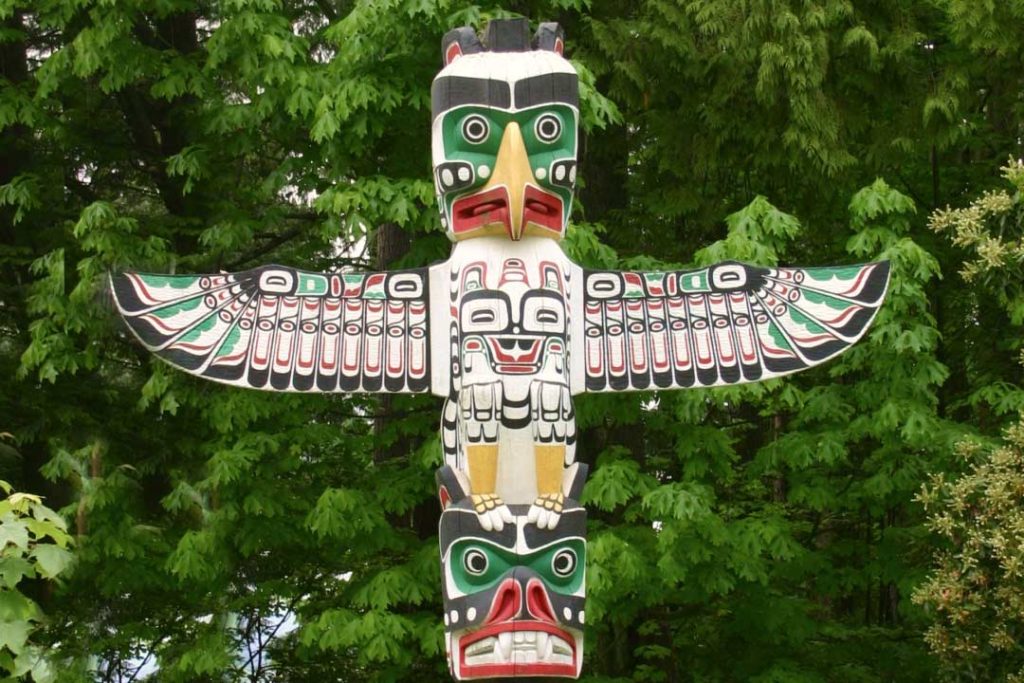
What is indigenous tourism, and why is it a growing trend?
After the pandemic, many people want to “escape” to nature, discover remote places and learn about indigenous cultures, and seek tourism experiences with a taste of culture and meaningful connections with others, both locals and other travelers. Perhaps now more than ever, engaging in travel experiences and interaction with different cultures and nations can be very rewarding.
Indigenous tourism is about sharing traditions and culture based on local ownership and authenticity concerning how communities have lived on the land for centuries. Sovereignty and relationship with nature are the heart of indigenous tourism. It is important to understand that indigenous tourism has as many realities as there are indigenous nations, with historical and cultural differences. Most importantly, indigenous tourism has the specific purpose to build back the relationship between humans and the natural world.
Today we see the rise of indigenous tourism and the desire to share authentic experiences with indigenous people, but It can also be problematic and challenging. So how can you, as a traveler, be sure that you are really booking the right trip or tour?
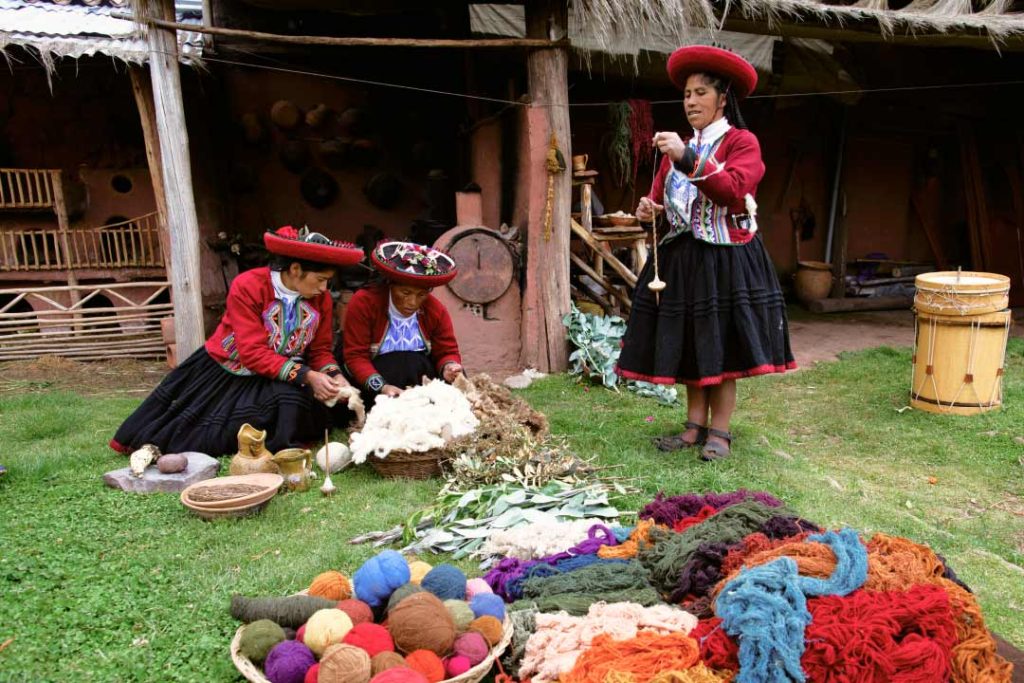
How do you fit into this?
You should make sure that the tour is organized in cooperation with local communities, as authentic indigenous tourism is always majority owned, managed respectfully, and thoughtfully with indigenous people involved from planning to execution. Ensure that your trip is directly engaged with indigenous people. Ask the tour operator or travel agency for more details about the trip if there is any concern that the travel experience is not benefiting indigenous people.
When indigenous tourism is done correctly, it respects the traditions of indigenous people. The host decides what part of indigenous culture is shown to a traveler and what is not. It includes every aspect of the culture, like food, rights, rituals, musical traditions, etc. In addition, as a traveler, you must respect the hosting community and its privacy. For example, if you are asked not to record or take photos during the tour or some rituals, please keep to these boundaries.
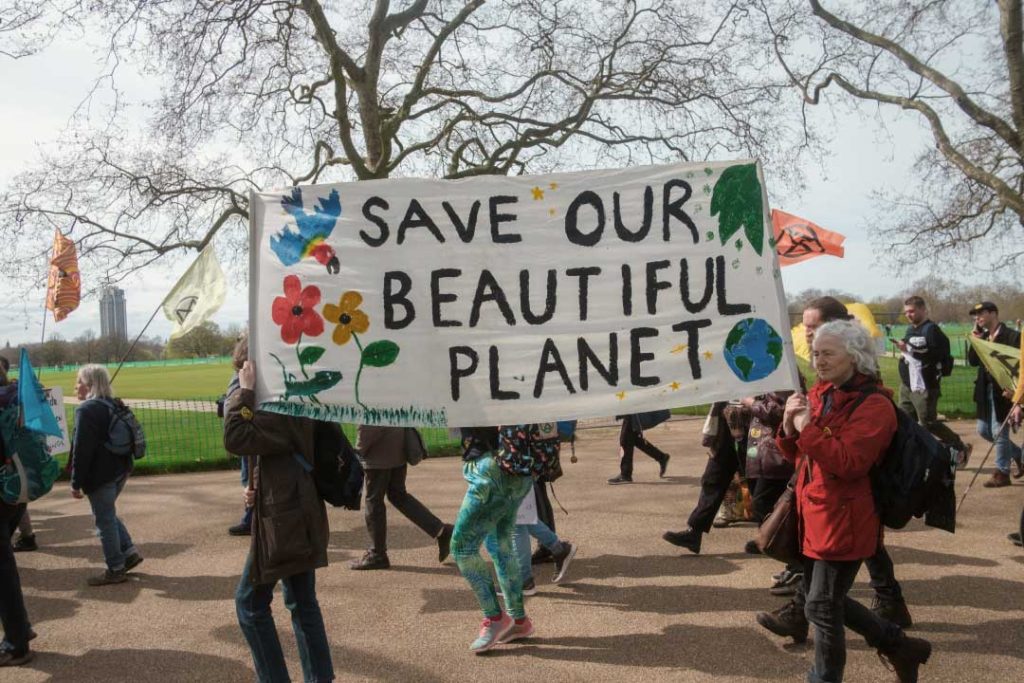
How is the Travel Industry responding to the Climate Crisis?
Carbon offsetting is very popular in the travel industry but does not in itself provide an answer to the climate challenge. If you didn’t know it yet, the travel industry committed to cutting its emissions in half by 2030, which is not very realistic, unfortunately, and achieving net zero before 2050, which is far more viable.
Last year at the 2021 United Nations Climate Change Conference (COP26) in Glasgow, the Tourism industry declared a climate emergency, which was the birth of the Glasgow Declaration. It was created to unite the industry and accelerate climate action. For each signatory, it is a commitment to a decade of tourism climate action. To ensure climate action is aligned across all of tourism, the Glasgow Declaration follows five shared pathways: Measure, Decarbonize, Regenerate, Collaborate, and Finance.
Less talk, more action
The good thing is that the industry is a little bit ahead of others when it comes to climate action, and most of the people who are working in the industry are passionate about saving the planet. The only thing is that sustainability is a beast because you are never done, and there is always something more you could do. We have a science-based deadline to reduce emissions, and it is important to act today instead of doing nothing.
So, carbon offsetting is only a small part of the solution, even though a lot of businesses in the industry rely on it. What should also be in focus is how a tour operator can really reduce the carbon footprint* of their tours. They should commit to reducing their impact on the planet, and as a customer, you deserve to know the carbon impact of each tour you partake in. It goes for the operator and customer alike; neither can reduce what they don’t know, and asking the right questions is the best way forward.
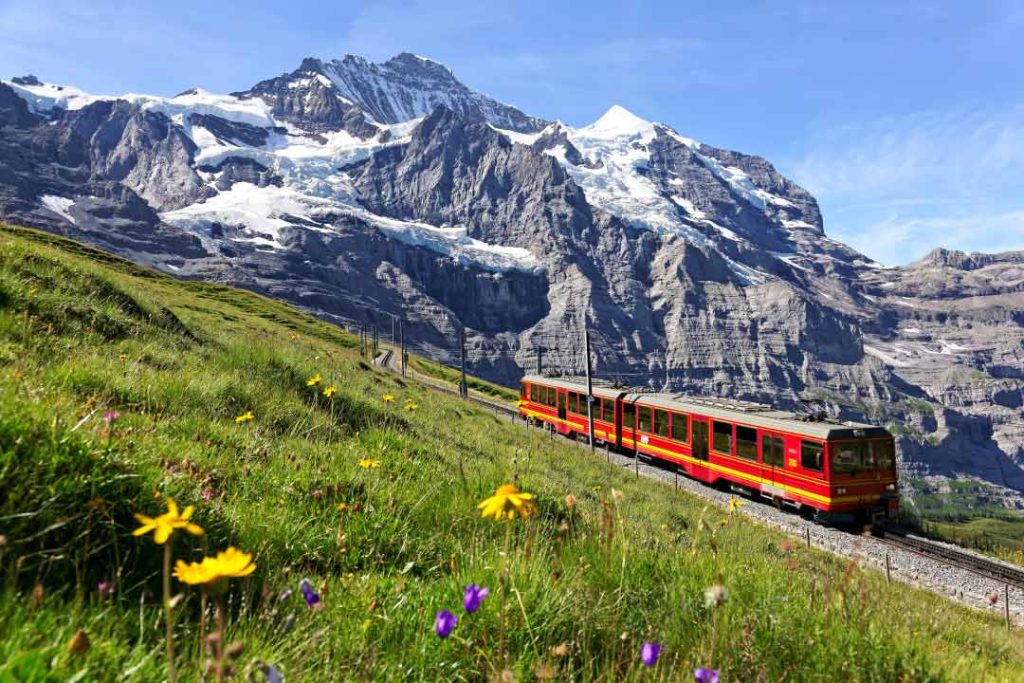
Sustainable Tourism as a motor for progress
Obviously, the easiest way for any kind of business to reduce its footprint is to stop selling any tours, but it is not the greatest business advice, now is it?! But even from an environmental point of view, rather than having operators reduce their business, we want them to improve their business and reduce their impact. One of the biggest strengths of tourism is redistributing wealth across the globe from wealthy nations to countries that are less economically developed. This money could be used for a variety of different reasons, like education and supporting local communities; it could be going to nature and wildlife conservation or national parks protection projects.
We are fully centered in the digital era, which means that online platforms can play a big part in educating the customer as well as the operator. As a customer, you should have a look on the website or platform where you want to book your tour, flight, or hotel if they have information on what that tour operator, this hotel, or that airline is doing for the planet or how big their carbon footprint is. Displaying this information allows you to make a conscious choice for your travel arrangements and makes it easy for you to travel responsibly.
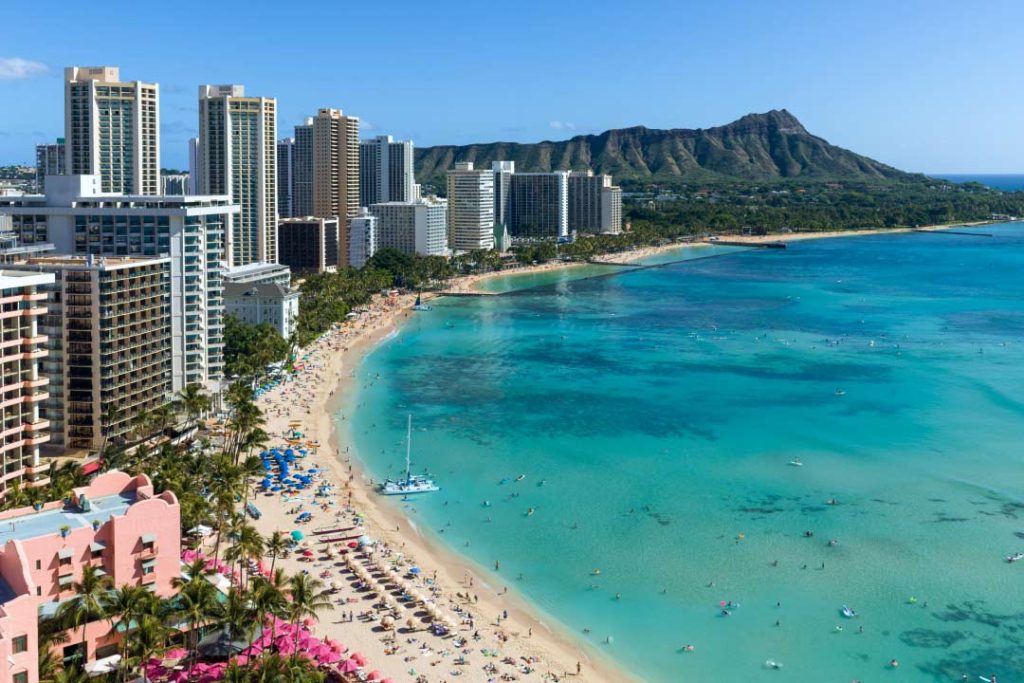
How to engage responsibly with a destination and culture?
Sustainable tourism pursues the goal of balancing the needs of the tourists with those of the destination, maintaining the economic and social advantages of tourism, and extenuating any negative impacts on the destination. So here is an example for you, a place whose hashtag was used almost 39 million times on Instagram, beautiful Hawaii:
A few decades ago, Hawaii was a place where people lived in balance; everything that people needed was produced locally. Over time it got easier to import things (food, supplies, materials, literally everything), and it threw the scales off balance. Where people were authentically hosted before, the land of “Aloha,” over the years, shifted to industrial tourism, which wasn’t aligning with its culture and traditions anymore. The people in Hawaii and its tourism authority want to bring this balance back, as they believe there is no “brand” without the unique Hawaiian nature and culture.
Hawaii has for more than a hundred years been identified as the land of ‘Aloha’ – of mutual respect, understanding, caring, and love. Today they are growing that message in a program called ‘Mālama,’ a Hawaiian value to care for, nurture, and protect. Hawaii is going to Mālama, those things that are Aloha. With everything that is going on around us today, it is more important than ever: how do we Aloha each other? How do we remember to Mālama each other? Hawaii sees it as their opportunity and their responsibility to the world to be a place that nurtures that spirit. A place where you can come, recharge and return to your home with a better sense of your responsibility to humanity.
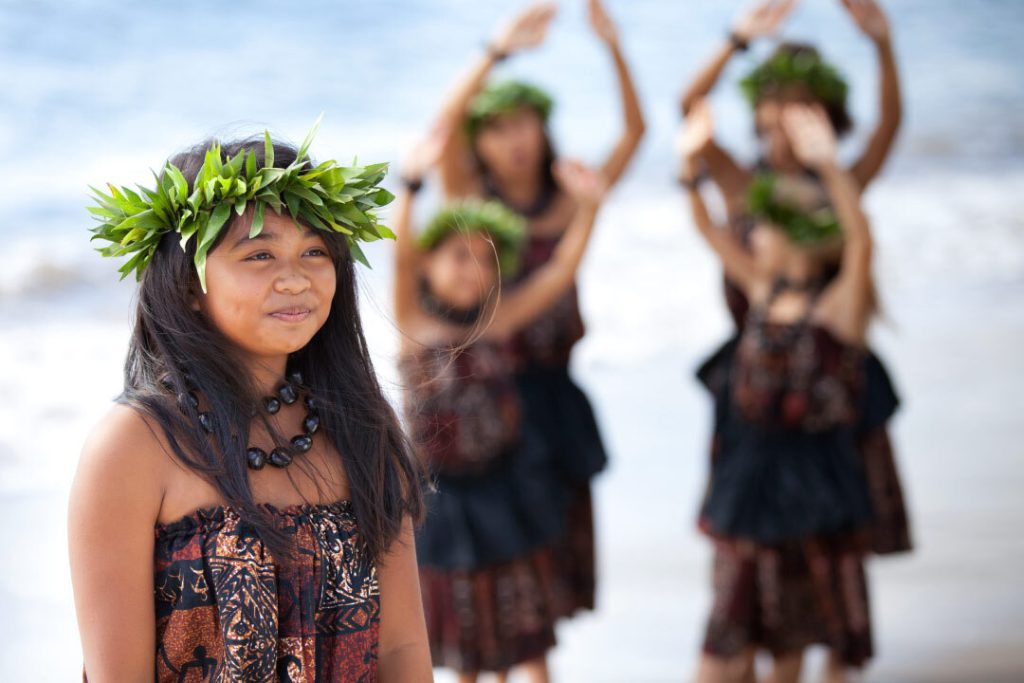
Final words
At the end of the day, when you visit a place, you are doing so because you received an invitation. And if we go back to the Hawaiian framework of hospitality, when you arrive, you announce your intent, and the host invites you in. This does not mean visitors can feel free to do whatever they want, and visiting the islands should be treated as respectfully as if one was invited to someone else’s home. Be Mālama to everything and everyone around you, and bring it home with you.
To summarize, it is essential to nurture progress over perfection, and we need to make changes to our travel behavior today. Sustainable, eco-friendly travel is your key to being part of this movement, not only at home but all over the world!
TourRadar has set a goal that by 2030 all active tour operators will have sustainability initiatives in place. By leveraging our position at the center of its ecosystem, we can educate and drive sustainable initiatives, create a community around these shared goals, promote what our partners are doing, share our knowledge and network, and raise awareness about sustainable travel.
Adventure begins here! Watch the recording of our panel discussion on Responsible & Sustainable Indigenous Tourism from our annual Adventure Together event.
* Carbon Footprint is a big topic that deserves its own whole article. So stay with us – an article on what carbon footprint is about and what you, as a traveler, could do to reduce your carbon footprint will be published soon.
This article was written by Sofya Muhrer-Muromets and edited by Felipe Rosen Mosquera.


